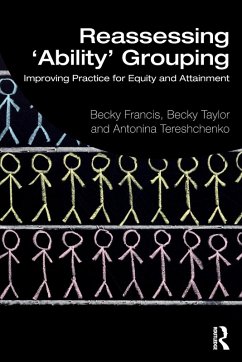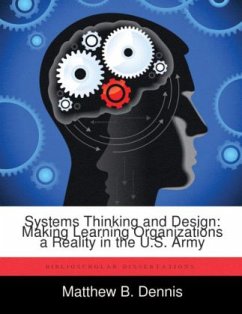
Graphics-Oriented Battlefield Tracking Systems: U.S. Army and Air Force Interoperability
Versandkostenfrei!
Versandfertig in über 4 Wochen
54,99 €
inkl. MwSt.

PAYBACK Punkte
27 °P sammeln!
The United States Military employs Command, Control, Communications, Computers, Intelligence, Surveillance, and Reconnaissance (C4ISR) systems to increase a commander's ability to defeat a "hostile, thinking, and adaptive enemy" by enhancing battle command through information superiority. Joint doctrine asserts that information superiority is achieved using C4ISR systems to collect, process, and disseminate information. Additionally, the speed and efficiency with which this is accomplished enhances the Army warfighting functions and Air Force core functions through more precise knowledge of fr...
The United States Military employs Command, Control, Communications, Computers, Intelligence, Surveillance, and Reconnaissance (C4ISR) systems to increase a commander's ability to defeat a "hostile, thinking, and adaptive enemy" by enhancing battle command through information superiority. Joint doctrine asserts that information superiority is achieved using C4ISR systems to collect, process, and disseminate information. Additionally, the speed and efficiency with which this is accomplished enhances the Army warfighting functions and Air Force core functions through more precise knowledge of friendly unit locations. However, the assortment and non-uniformity of information technology can create greater complexity in an already complex environment. This thesis examines whether or not different graphics-oriented battlefield tracking systems, as employed by the Army and the Air Force at the operational and tactical levels during full spectrum operations, have a negative impact on joint situational awareness. The author also presents several considerations for the design, development, and employment of future systems. Understanding the history, demands, and challenges to joint interoperability allows military professionals to use current C4ISR systems effectively while considering the best approach for developing future programs.












